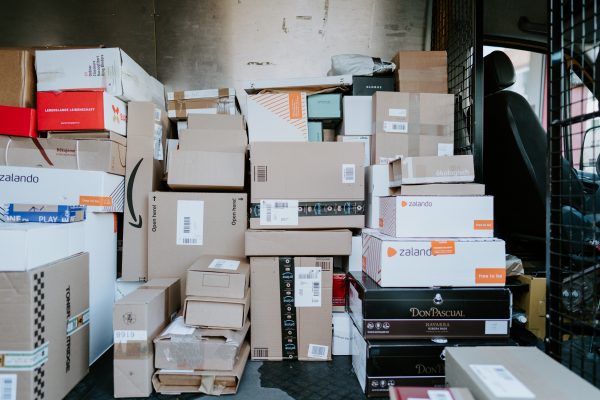Looking back to 2001, we can see the moment in which US Customs merged together with other agencies — founding what we know now as Customs and Border Protection (CBP). Along with this merging, the mission shifted from simply administering tariffs, to homeland security. CBP as we know it, in the context of importing and exporting, is responsible for facilitating the movement of goods into and from the US (and keeping Americans safe!).
We’ll be covering a few of the different entry types for imported goods into the US:
Import Entry into the US
Prior to entry into the US, the importer of record will complete the applicable documentation for the goods. The shipment of goods is not considered a legal entry until it is authorized by CBP and all of the duties and fees have been paid.

Entry for Consumption: Upon Arrival
In essence, this entry type is used for imported goods that will go directly into the US market. As described by the FDA in their breakdown of common entry types:
“A consumption entry is a type of entry used when products are imported for use in the United States and going directly into United States commerce without any restrictions of time or use placed on them. “For use in the United States” means for commercial, business or personal purposes.”
Informal entries (valued at under $2,500) and formal entries will fall into this category. For these entry types, it is the responsibility of the importer of record to file the appropriate documentation, duty assessment, classification, etc. This can be done through the ACS.
Entry for Warehouse: For Storage
It is possible to import goods with a postponed release. In fact, the goods may be held in a bonded warehouse for up to 5 years! While the goods are stored in a bonded warehouse, the duties need not be paid.
At any time during the maximum of 5 years of storage, the goods may be re-exported without paying duties at all. Or they may be withdrawn from US consumption, paying duty at the rate that was valid during the goods entry.
Temporary Importation Under Bond (TIB): To Be Exported or Destroyed
As described by the FDA, a TIB is:
“A TIB entry allows goods to be imported duty-free up to one year with a guarantee the goods will be exported or destroyed at the end of the bond period. The importer posts a bond for twice the amount of the duty. A TIB entry may be used when an article for repair is imported and will subsequently be exported. For FDA purposes, articles entered using a TIB entry type are considered “imported or offered for import” when they arrive; therefore they are subject to an FDA admissibility review when they arrive.”
It must be exported or destroyed before the end of the bond period.
Foreign Trade Zones: A Regulatory Asset
Earlier this year, we put out a piece that covered FTZs in detail. Check it out here!
In summary, FTZs are zones that are under CBP supervision but outside of US territory. What benefits importers is that the typical entry process is not required (with documentation, compliance, regulatory framework, etc.). Along with any applicable duties and fees!
These are just some of the entry types that can be considered when looking at doing imports. If you have any questions about which entry type would be the best for your imported goods, you can contact a customs specialist here.






